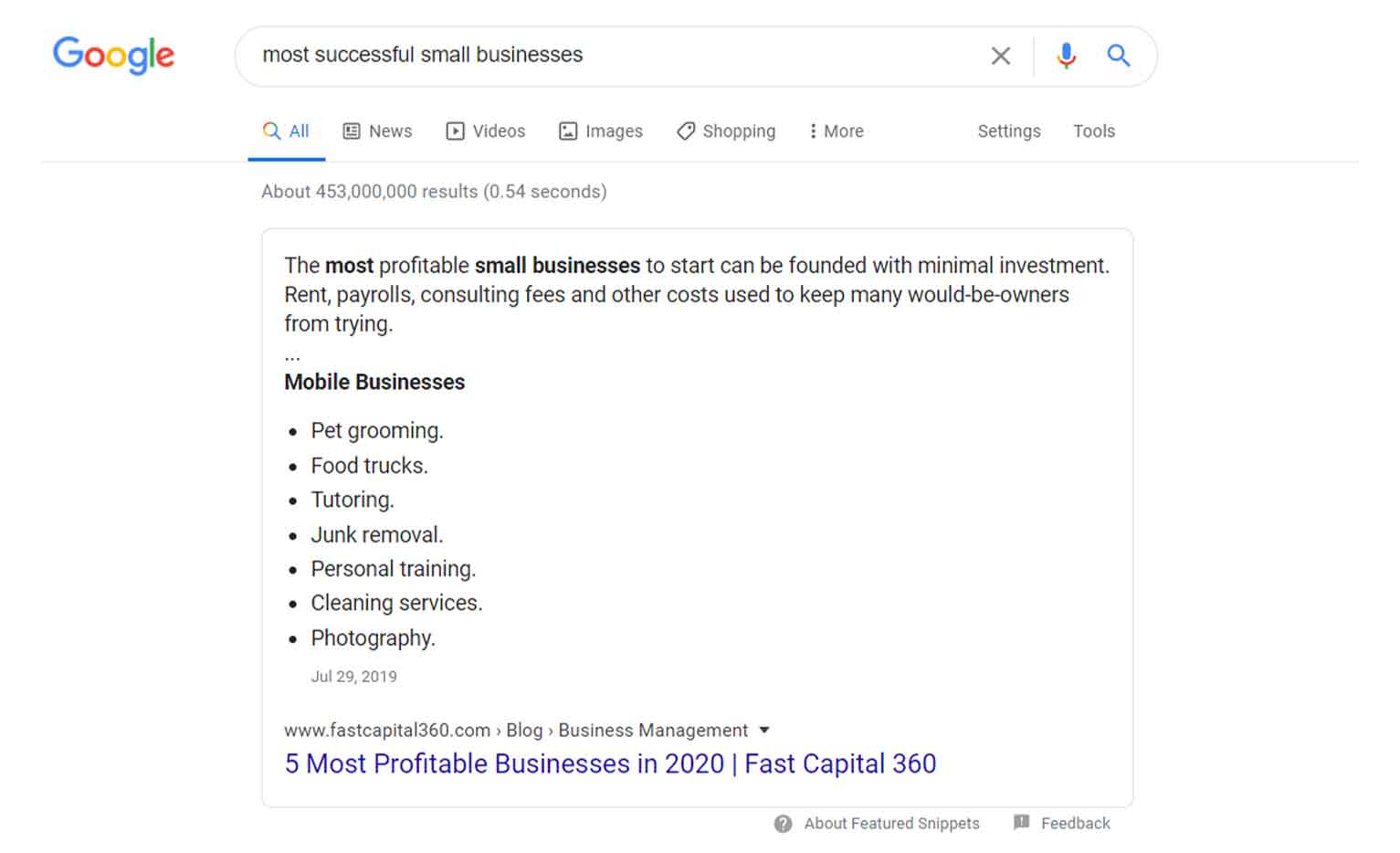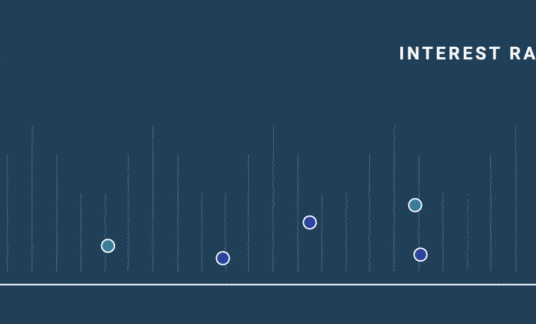Search engine optimization can generate 20 times more traffic than pay-per-click (PPC) efforts, according to SEO data provider Moz. Sure, being in the SEO business, Moz may have an agenda, but there’s other data out there touting the effectiveness of optimization. Business analytics platform Databox polled marketers and found 70% agree it’s better at driving sales. So where do you go from there? How do you monitor for SEO success? Which key performance indicators (KPIs) for SEO should you keep tabs on?
Top KPIs for SEO Tracking
Here’s our list of SEO KPIs you should be monitoring. See why these analytics matter in terms of engagement as well as site, page and content performance.
1. Bounce Rates
Did users visit one page on your site and leave without browsing any others? That’s where the bounce rate comes into play. While this SEO metric isn’t necessarily indicative of the quality of your website or whether a user will return at a later point, you can glean some insight into which pages are promoting increased navigation and which aren’t.
While bounce rates vary by company, industry, page types and more, you typically want to see a bounce rate of 50% or less. That said, this can be difficult to accomplish with most types of content pages and landing pages.
2. Average Time on Page
Did users spend an average of 5 seconds on your page or 5 minutes? Knowing this can prove valuable in helping determine if your content is answering the questions your visitors have. Keep in mind that the average time will naturally fluctuate depending on the intent of the page.
For instance, you want to see more time spent on a page that provides valuable content. But you wouldn’t expect to see a lot of time spent on a page where the sole goal is to provide succinct details, such as contact information.
-
SEO Specialist Weighs In
“Two KPIs that are essential for measuring SEO success and content performance are bounce rates and average time on page. These KPIs are especially helpful for monitoring the performance of a newly updated piece of content.
High bounce rates and low average time on page records are often key indicators that the current content is failing to match user search intent and provide them with the answers they need. Therefore, it’s essential to monitor these metrics regularly on Google Analytics.”
– Michelle Alese, SEO Specialist
3. Scroll Depth
This SEO tracking KPI goes hand in hand with bounce rate. How much of your page are users reading before they leave? If your most important content is near the bottom of your page and users aren’t getting to it before bouncing, it could be time to rework the layout and review your content.
Also consider if adding a complimentary video or engaging infographics would move users down the page. Split test different options and see what works best for getting key information to users. Hotjar’s scroll heat maps are an example of a tool you can use to analyze this metric.
4. Traffic
Another SEO metric to keep an eye on is traffic, which is made up of users, pageviews and sessions.
You could be doing a great job of making it on the first page of Google, but if the traffic light isn’t changing from red to green, that’s a caution sign you need to heed. Use an SEO measurement tool, such as Google Analytics, to gauge organic traffic and how it compares to total sessions, traffic to your site over time and campaign-specific traffic.
To avoid having this be a vanity metric, the most important factor to consider is what the traffic is doing, so it’s important to use this metric in tandem with other SEO KPIs. Evaluate how your traffic is impacting conversions and, ultimately, sales.
Think about it: There’s a new restaurant opening up. You drive toward it and see a massive backup. How many of those drivers are trying to get into the parking lot to start spending money and how many are just driving by and catching a glimpse.
Pageviews
A pageview happens whenever a user loads or refreshes a page. This KPI alone can’t tell you much, but you can gain some great insight when you look at this metric as part of a larger picture and in combination with engagement and conversion metrics.
Think about it: You could have 100 people click into a web page in a day, but if you realize they left the page after a few seconds or didn’t click into any other page on your site, then pageview could just as easily translate to page snafu. Context is key.
Sessions
The sessions metric is essentially a count of how many times a unique user comes to your site. You can have many pageviews in 1 session. As long as a user doesn’t leave your site for more than 30 minutes, that user could click on 10 different pages and it would only be counted as 1 session.
5. Pages Per Session
Pages per session is a great way of making sense of pageviews and sessions. It’s also a good metric if you’re analyzing pages that are designed to promote continued engagement through interlinked content. It means that users want to read more of what you have to offer.
You can look up overall pages per session for your website or filter by specific mediums, sources, referrals or channels. See what your page per session is for organic searches, social, paid search or email.
If you want to increase your page per session rate, there are a lot of approaches you can test. These could include revamping headlines to pique interest upfront, employing a pillar and cluster content approach, increasing site speed and improving the user experience, to name a few.
6. New vs. Returning Users
Bounce rates, pages per session, average time on page – these are all great. But having a breakdown of how this applies to people who keep coming back versus those who are coming across you for the first time adds another layer of understanding.
You might find that your email sequences are bringing back the highest number of returning users, for instance. Or social media is bringing in the most news users.
This metric isn’t failproof, though. Google can’t distinguish between the same user accessing your site from a different device or browser, ones who regularly delete their cookies or those who search in private or incognito mode.
7. Conversion Rate
Conversions don’t just refer to sales, but your conversion rate can help you understand your website traffic’s return on investment. You can apply this SEO KPI to purchases as well as nonmonetary actions, such as account creation, newsletter sign-ups or ebook downloads.
The calculation for this engagement metric takes the number of conversions for a specific activity and divides them by the number of unique visits. You can set up conversion goals and track them in Google Analytics.
8. Click-Through Rate
Click-through rate (CTR) can be an indication of how well your meta description and page title are doing. That’s because organic click-through rate refers to the percentage of users who got to you by clicking on a search engine result page (SERP) listing. The 2-line description on Google was enough to have searchers take the next step and see what more you have to say on the subject.
Other Technical SEO Metrics
Take a look at these additional factors you’ll want to consider when evaluating your SEO results.
9. Keyword Rankings
When you’re deciding how to measure SEO performance, keyword ranking undoubtedly comes to mind. Consider your average ranking position, position distribution and organic versus paid clicks.
As you’re working on optimizing your site and researching how to improve your keyword rankings, work to snag a featured snippet, “people also ask,” frequently asked questions or image pack search feature. Also consider what changes you can make to rank for long-tail keywords that are more specific and may convert better than shorter, more competitive keywords.
For example, at Fast Capital 360 we’ve earned the top keyword ranking and featured snippet for the long-tail keyword “most successful small businesses.” We’ve also earned No. 1 rankings for other long-tail keywords, such as “online business funding options,” “common business loan terms,” “apply for a business line of credit” and more.
10. Domain Authority Changes
Website domain authority is a predictive ranking score developed by Moz. Sites earn a score ranging from 1-100, which can fluctuate over time.
Factors that go into scoring include quality and number of external links. Keep in mind, this metric isn’t guaranteed and should only be used as a guess. It also isn’t a metric Google uses, though Google does have an authority score of 99, according to SEMrush.
11. Overall Backlink Profile
When one website links out to an external site, the site earning the link now has a backlink. Your backlink profile, which should take into account not only the number of links to your content but also the quality of the referring website, is an important SEO metric. According to Ahrefs, 91% of pages don’t get any traffic from Google, and the No. 1 reason why is that they don’t have any backlinks.
From a search engine standpoint, backlinks put a spotlight on your site and essentially act as character references. Not only do you want to earn quality backlinks, but you also want to give backlinks to quality sources, ones with good domain and page authority and trustworthy content. This builds your credibility.
Here’s an example demonstrating Apple’s backlinks. The site has more than 5 billion backlinks, including 4.5 million referring domains (in addition to a stellar domain authority, as if you wouldn’t have guessed).

SEO Measurement Tools
Now that you understand how to track SEO performance and what KPIs to consider, here are some tools that can help. Keep in mind, some of these can handle multiple aspects of SEO performance tracking and optimization.
Google’s Tools
- Google Alerts
- Google Analytics content groups
- Google Analytics campaigns
- Google Search Console reports
Backlink Analysis Tools
The following sites also offer tools for tracking your backlink profile and domain authority:
- Ahrefs (also for keywords and website audit)
- SEMrush (also for keywords and website audit)
- Majestic
- Moz’s Links Explorer
- Check My Links
- BuzzStream
- Linkody
- Remove’em
SEO Audit Tools
If you want to perform an SEO audit and track website changes, consider one of the following:
- Google Webmaster Tools
- Woorank (also for keywords)
- HubSpot’s Website Grader
- Moz Pro’s suite of tools
- Screaming Frog’s SEO Spider
SEO Rank Tracking Tools for Keywords
In addition, here are a few tools to consider for measuring keyword ranking.
- SE Ranking
- SpyFu
- GrowthBar
- KWFinder
- Ubersuggest
- SEOquake
- Keywords Everywhere
Keep Tabs on Your SEO Performance
Most people search online to get the answers they seek. And Google aims to deliver, using more than 200 ranking factors.
While we’ve clearly only scratched the surface, you’ve got a solid foundation to start working toward the SEO results you want to see.















